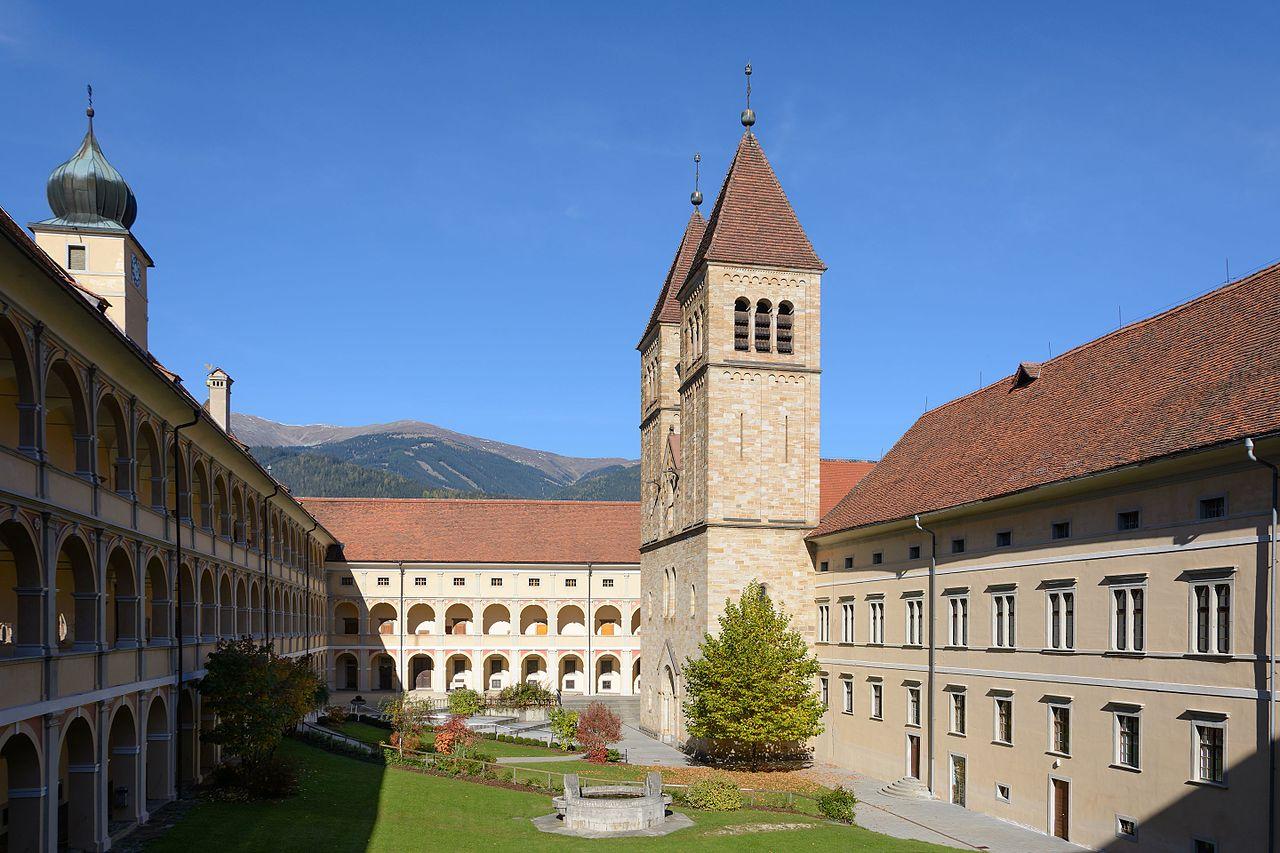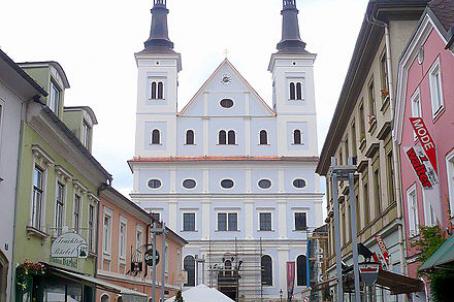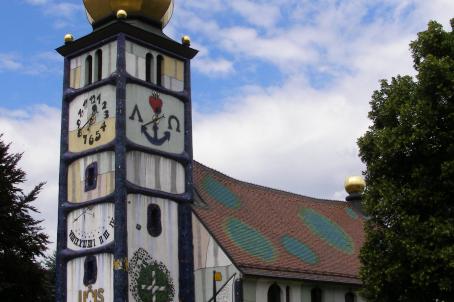Seckau Abbey

Seckau Abbey is a Benedictine abbey which was founded in 1140 by Adalram von Waldeck. It became a bishop's abbey in 1218 and its church became a cathedral. In 1782, during the reign of Joseph II, the abbey was dismantled. The abbey was purchased by the congregation of Beuron in 1883 after the German Benedictines of Beuron Abbey were forced into exile due to the Kulturkampf policy. It was erected as an abbey in 1887 and became famous for its liturgical research. The National Socialist authorities confiscated it in 1940 and transformed it into a national institution of political education (Nationalpolitische Erziehungsanstalten, Napola or NPEA). The monks returned at the end of 1945.





